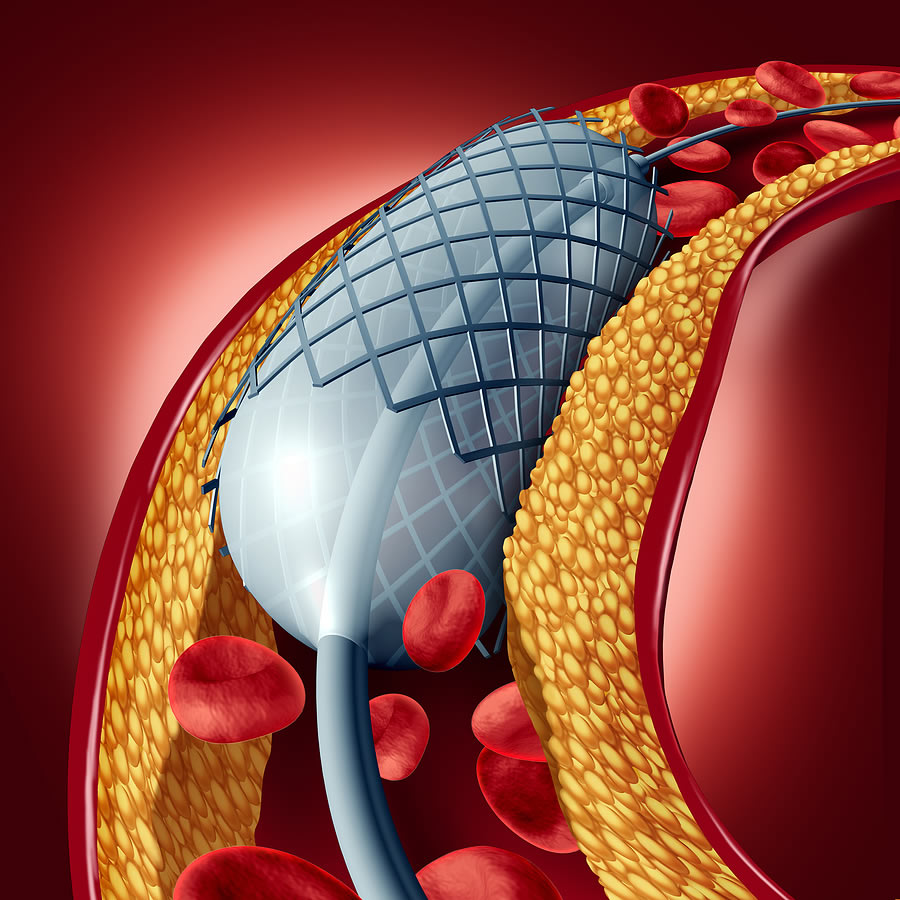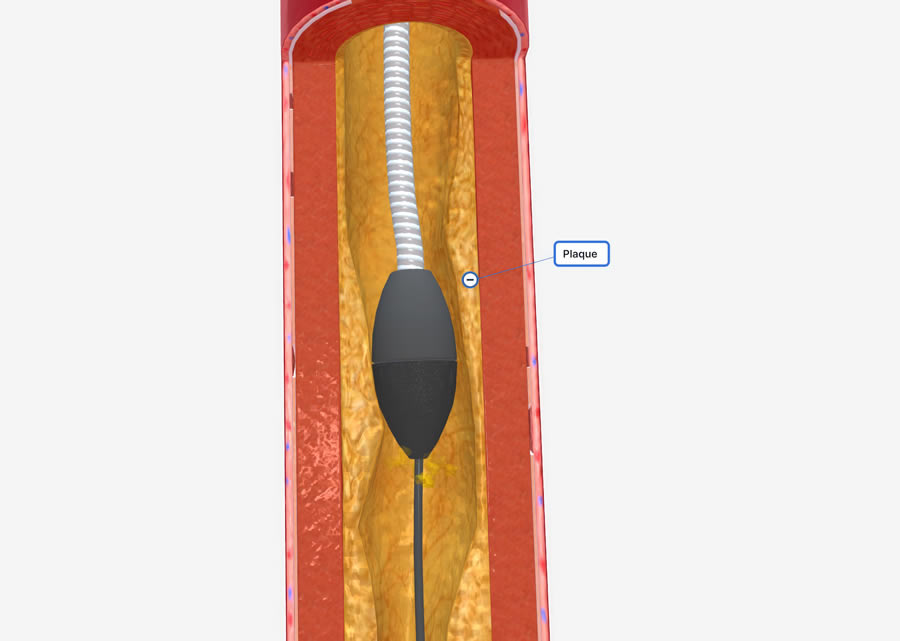Menu
- Home
- Treatments
- Our Providers
- About Us
- Patient Info
- Testimonials
- Locations
- Blog
- Financing
- Contact Us
- Home
- Treatments
- Our Providers
- About Us
- Patient Info
- Testimonials
- Locations
- Blog
- Financing
- Contact Us

Angioplasty, stent placement, and atherectomy offer hope for those struggling with arterial blockages. These procedures can help restore quality of life and provide a chance for a healthier future. At National Vascular Associates, we specialize in these life-changing treatments, offering expert care combined with a personal touch. Read below for a closer look at these procedures, so you can make the best choice for your health needs.
Angioplasty is a preventative measure against some of life’s most severe health issues. This procedure is often recommended when there's a significant narrowing or blockage in the arteries, which can lead to reduced blood flow to critical areas like the heart and brain. Symptoms that might prompt an angioplasty include persistent chest pain, fatigue, and decreased tolerance for physical activity. It's also a proactive step during acute episodes like heart attacks, where quick action is crucial. Understanding when angioplasty is recommended can help patients and their families prepare for and understand the necessity of this procedure.

A stent is a tiny tube placed into a narrowed or weakened artery to keep it open. The primary purpose is to improve blood flow or to open other channels in the body. Stents are often made from metal mesh and are permanent. Expanded stent placement refers to the use of newer, more advanced stents that are designed to adapt better to the body's natural pathways. These stents are characterized by their flexibility, strength, and compatibility with the human body, reducing the likelihood of complications.
Atherectomy is a specialized procedure often reserved for complex cases where angioplasty alone might not be sufficient. Traditional atherectomy involves using a catheter with a sharp blade to shave off plaque. Expanded atherectomy refers to advanced techniques that have broadened the scope of traditional methods. Vascular specialists now use sophisticated technology to effectively remove plaque with minimal risks and improved outcomes. expanded techniques may include rotational, orbital, or laser atherectomy, each suited for specific types of plaque and arterial conditions.
Angioplasty is performed in a specialized room called a catheterization laboratory, or 'cath lab.'
Post-procedure, patients are usually prescribed a regimen of blood thinners and other heart medications. These drugs play a vital role in preventing blood clots, a common concern after stenting, and in reducing the risk of stent failure. Adherence to these medications is important, and any concerns or side effects should be promptly discussed with a healthcare provider. In cases where stent failure treatment is required, adjustments to medication may be a primary component of the management strategy. Regular follow-up appointments are vital for monitoring the heart's condition and the effectiveness of the stent. During these appointments, doctors can identify any potential issues that may require stent failure treatment. These check-ups also provide an opportunity to adjust medications, discuss any challenges with lifestyle changes, and ensure that patients are on the right track toward recovery.
At National Vascular Associates, we believe in empowering our patients with information, supporting them through their treatment, and celebrating their journey toward better health. Contact our office for more information about angioplasty and stenting or to schedule a consultation with a qualified angioplasty doctor in your area.